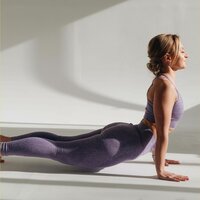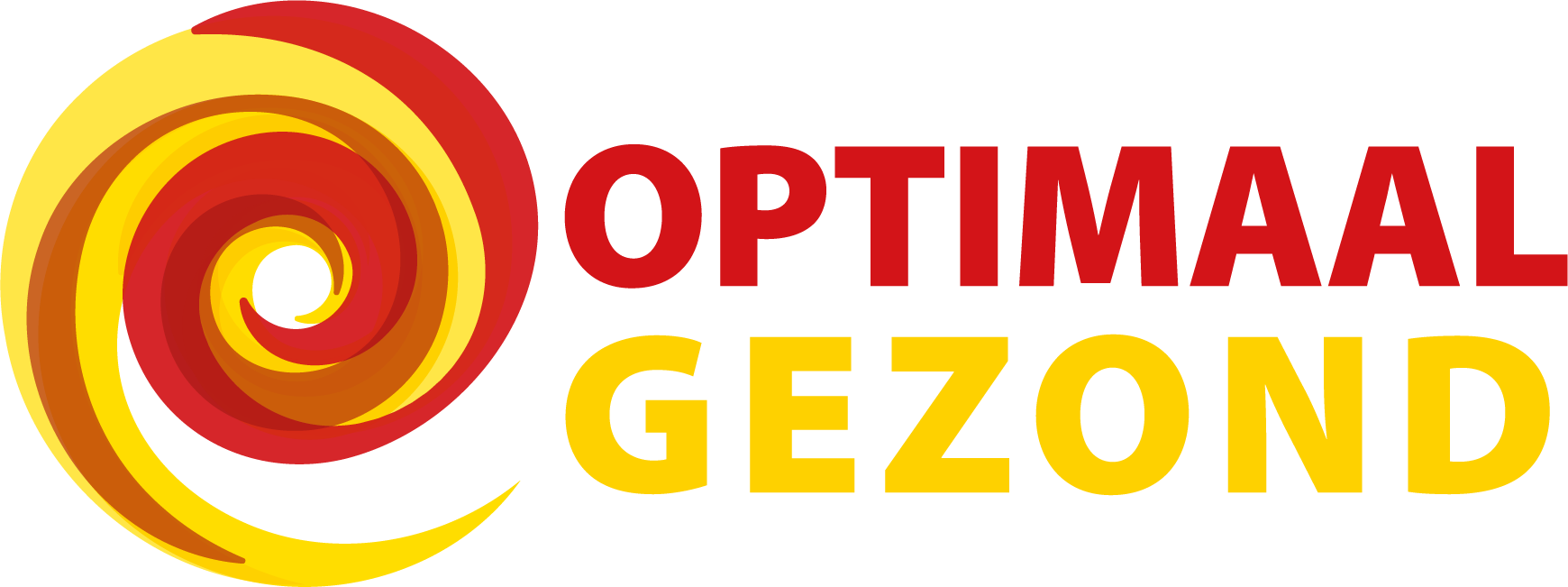There are no products in your shopping cart yet.
Influence of the Menstrual Cycle on Exercise

The menstrual cycle is a natural process that occurs in women's bodies and affects various aspects of their health, including athletic performance. In this blog, we will discuss how the menstrual cycle can influence your exercise and what measures you can take to optimize physical activities during the different phases of your cycle.
The Cycle
The menstrual cycle consists of four main phases: menstruation, the follicular phase, ovulation, and the luteal phase. Each phase is regulated by changes in hormone levels, particularly estrogen and progesterone.
1. Around Menstruation
Menstruation can be challenging for many women. They may experience cramps, extreme fatigue, mood swings, headaches, and other discomforts (if the symptoms are severe, consider applying cream twice daily, as menstruation doesn't have to be uncomfortable). This can affect their motivation to exercise. The good news is that light to moderate physical activity can help relieve menstrual pain and improve mood. Therefore, it is usually not necessary to stop exercising entirely during menstruation. It is important to listen to your body and adjust the intensity and duration of your workouts accordingly.
2. Follicular Phase
After menstruation, the follicular phase begins, during which estrogen levels gradually increase. This can lead to an increase in energy, endurance, and muscle strength. This is a good period to focus on improving performance, building muscle mass, and working on cardiovascular fitness. Women can benefit from slightly more intense workouts and may feel stronger during this phase.
3. Ovulation
Ovulation typically occurs midway through the cycle and is characterized by a peak in estrogen and the release of an egg from the ovaries. At this point, the body may reach its peak strength and endurance. This is a favorable time for intense training sessions, pushing limits, and performing high-intensity exercises. Women may notice that they have more energy and deliver better athletic performance during this phase.
4. Luteal Phase
The final phase of the menstrual cycle is the luteal phase, which begins after ovulation and continues until the start of menstruation. Progesterone increases during this phase, which can lead to fluid retention and decreased coordination. Some women also experience mood swings and fatigue, often due to high estrogen dominance and relatively low progesterone production. Although this may not be the ideal time for intensive training, women can focus on recovery, stability training, and flexibility exercises. Listening to your body and taking sufficient rest is important to prevent injuries and promote recovery.
Influence of the Cycle on Athletic Performance
It is important to note that the effects of the menstrual cycle on athletic performance can vary individually. Some women may notice little to no changes, while others experience clear fluctuations. Keeping a menstrual calendar and recording athletic performance can help you gain insight into your personal patterns and make optimal use of the different phases of the cycle.
Finally, it is essential to listen to your body, stay well-hydrated, take adequate rest, consume enough protein and fats, and not eat too many carbohydrates to optimize overall health and athletic performance, regardless of the phase of the menstrual cyclus.
No comments found.
 English
English


